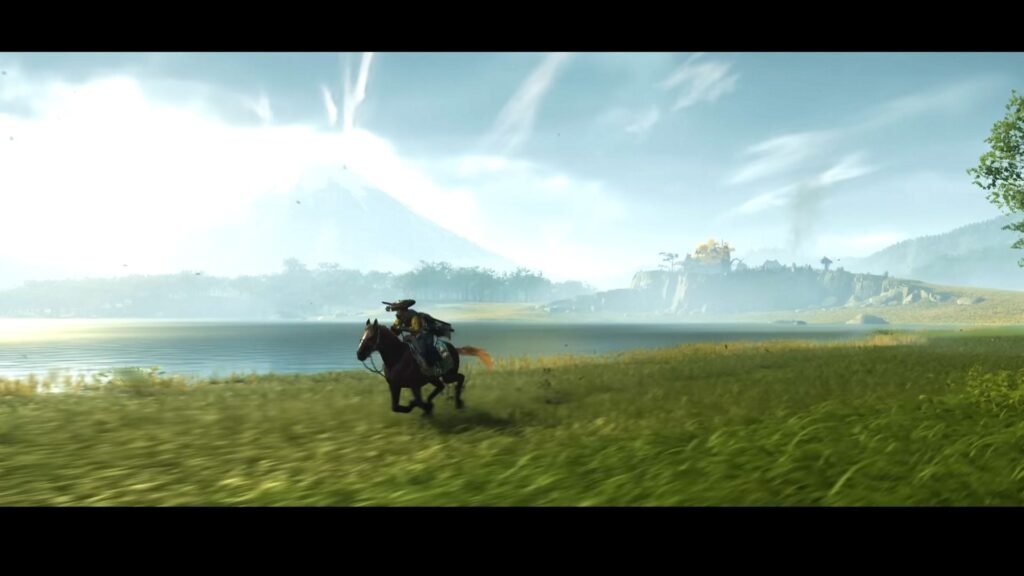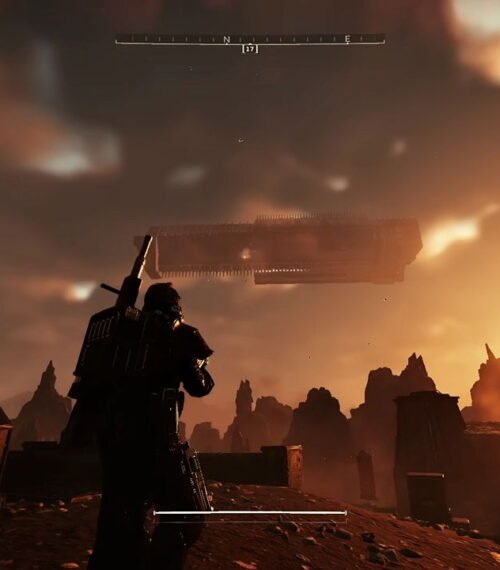The latest PS5 exclusive title, Ghost of Yotei, isn’t based on a real-life incident like its predecessor, Ghost of Tsushima. While the previous game in this series takes inspiration from the Mongol invasion of Japan, no such historical event drives the narrative of Yotei. Although some parts of this latest Sucker Punch game take some pages out of the history books, it pays homage to Japanese culture gracefully.
Only Parts of Ghost of Yotei Are Based on Real History
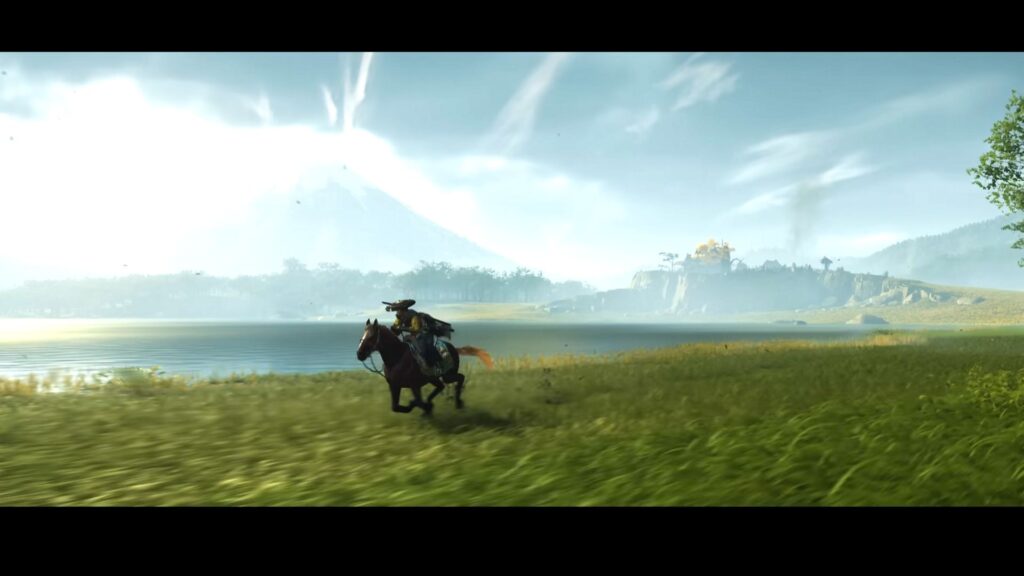
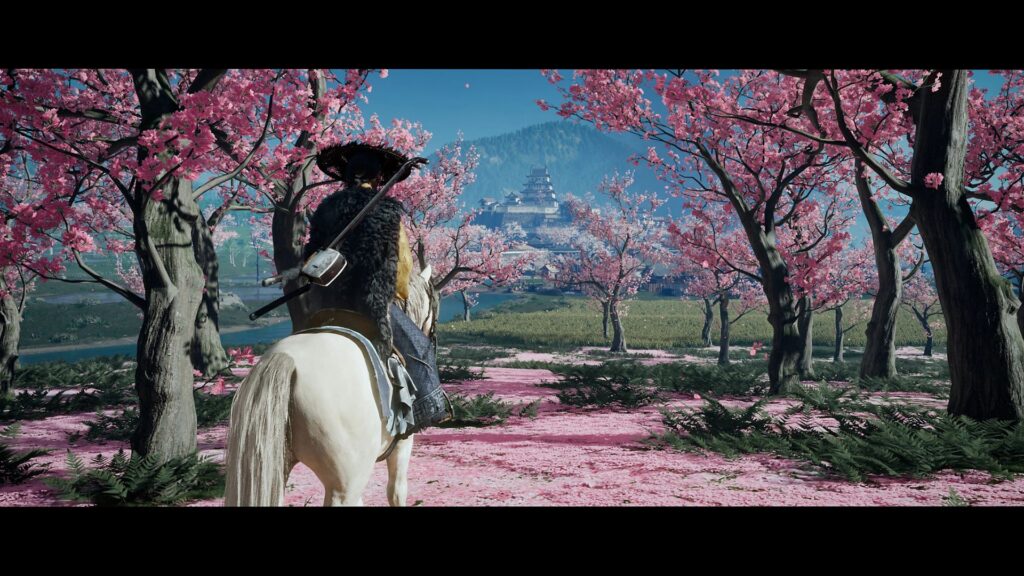

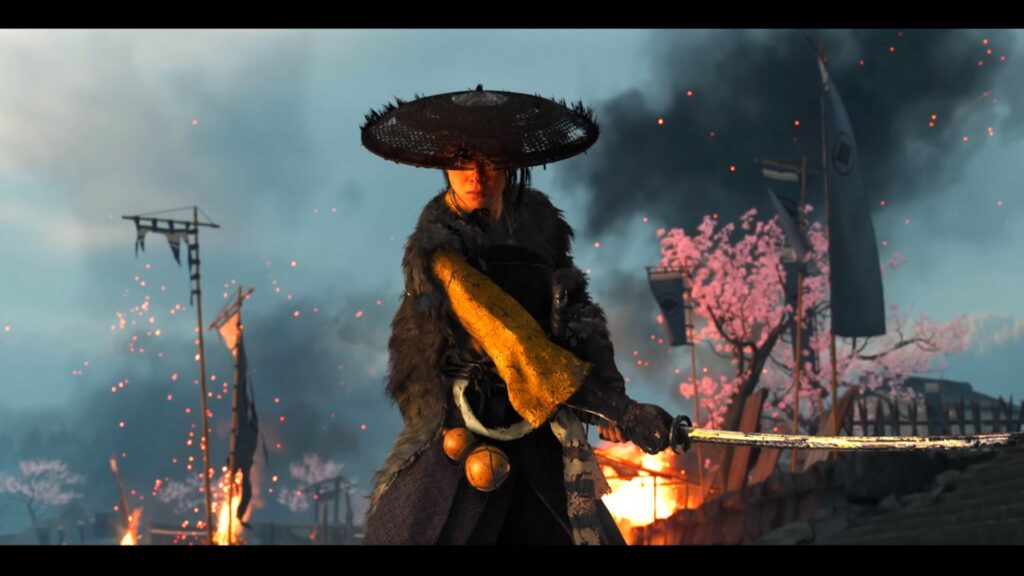
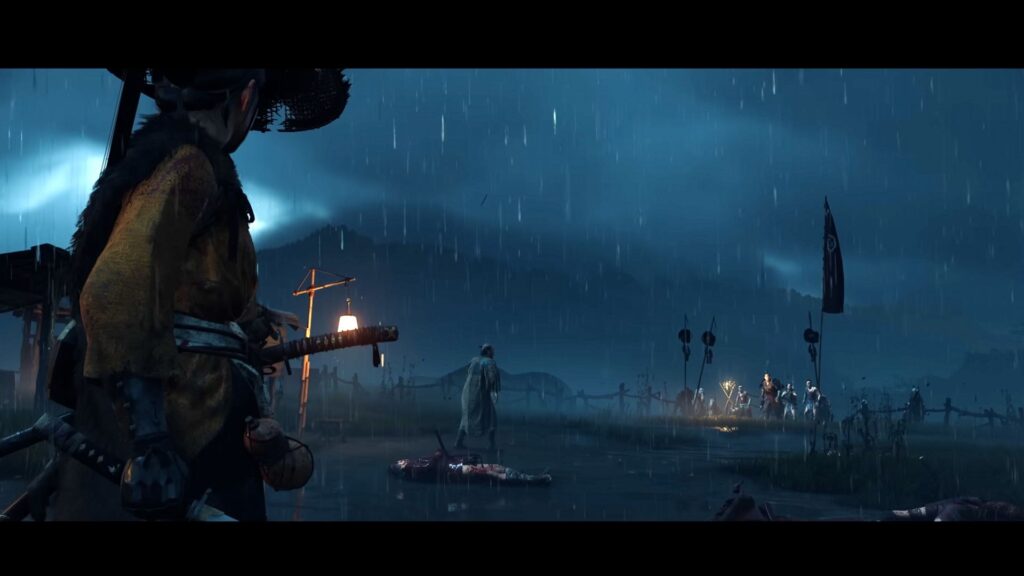
Unlike Ghost of Tsushima, which directly depicts the tale of a historical invasion, Ghost of Yotei doesn’t focus on any documented battle or figure. Instead, it borrows different elements from multiple fragments of the Japanese culture and historic locations, such as Mount Yotei itself. While the said location is a real and active stratovolcano in Japan’s Hokkaido, some places around it were reimagined for the game’s geography.
During your playthrough, you will see mentions of people from the Ainu community and some mass travelers, too. The region of Hokkaido was previously known as Ezo, which was home to the Ainu people. Both of these things are historically accurate and are shown in the game perfectly.
The era in which Ghost of Yotei takes place is the beginning of the Edo period, which began after the formation of the Tokugawa Shogunate. Tokugawa Ieyasu was a Japanese Samurai who prevailed in the Battle of Sekigahara and managed to establish his political dominance in almost all of Japan. This is also when Hokkaido was slowly coming into existence, with several people migrating there for employment.
The mass travelers in this game might be a reference to Tokugawa’s effort that helped the Ezo (now Hokkaido) prosper. While some clans and warrior tribes mentioned in this game are purely fictional, a few, like the Matsumae Clan, are taken directly from the history books. They were employed by the Tokugawa Shogunate to secure the northern border of Japan in exchange for lands and other rewards.
Despite not being driven by a completely historic event, Ghost of Yotei manages to deliver a pinch of authentic Japanese culture, with some parts of it being fictional.
Historical Authenticity Serves as a Key Narrative Tool in Ghost of Yotei
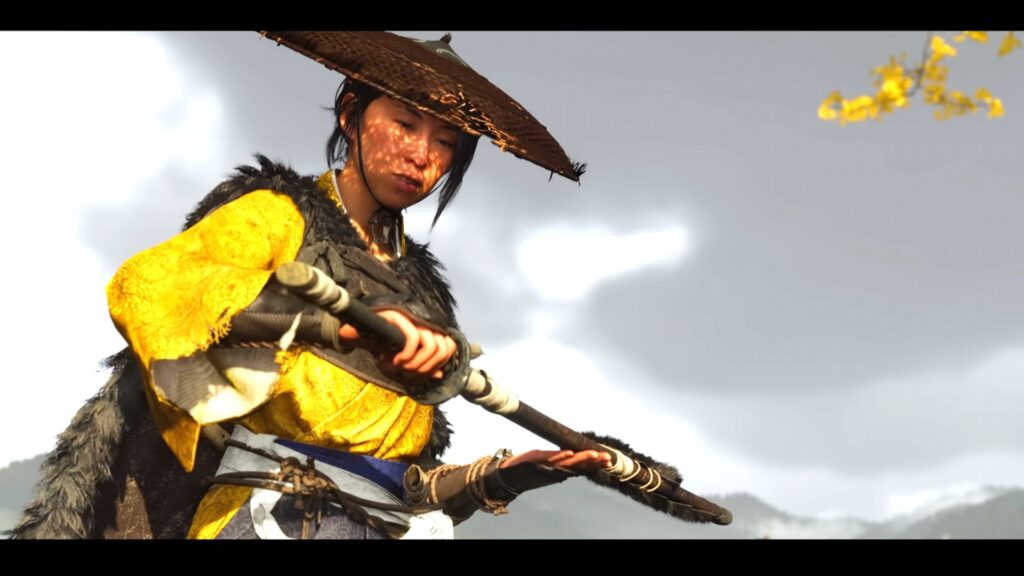
One of the most intriguing aspects of Ghost of Yotei is that it uses historical authenticity as a powerful narrative device and not its limitation. By perfectly placing elements from the history books, this game gives a strong sense of Japan from the Edo period. By doing so, Sucker Punch has managed to give a believable environment as the original story unfolds.
While the main story revolves around Atsu’s revenge on Yotei Six, the portrayal of the in-game world, NPCs, lore, and other side content is more than enough to send us back in history.
What are your thoughts about the developer’s creativity and historical implications in Ghost of Yotei? Let us know in the comments below.

